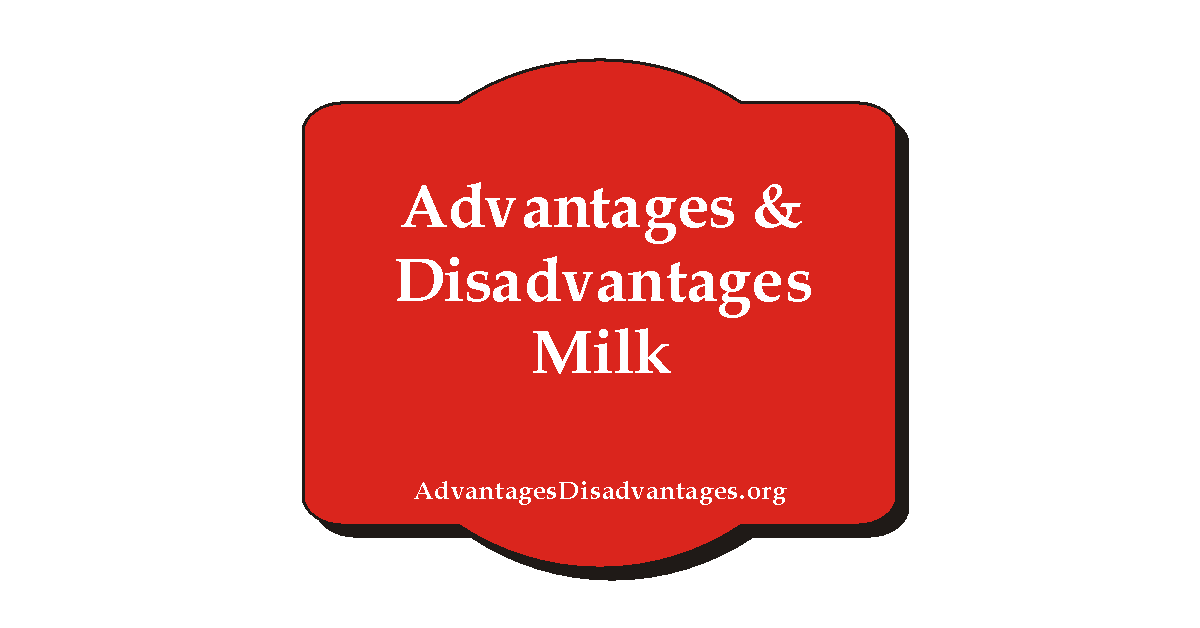Tech
Residential vs Commercial Properties
Residential and commercial properties serve distinct purposes and have different considerations when it comes to construction, investment potential, financing, regulations, leasing, property management, architecture, and more. Understanding the key differences between residential and commercial aspects is crucial for individuals and businesses involved in the real estate industry. In this article, we will explore these differences and shed light on various aspects related to residential and commercial properties.
Residential Real Estate:
Residential real estate refers to properties primarily used for personal living purposes. Investing in residential real estate can offer stability and potential long-term appreciation. Residential properties are often in high demand, as people constantly need homes, making them suitable for rental income or resale. However, residential properties typically yield lower rental returns compared to commercial properties.
Commercial Real Estate:
Commercial real estate involves properties intended for business or income-generating purposes. Investing in commercial real estate can provide higher rental yields and the potential for substantial capital appreciation. Commercial properties, such as office buildings or retail spaces, are often leased to businesses, providing a reliable income stream. However, commercial real estate investments can be more complex, requiring careful market analysis and understanding of specific industry dynamics. If you are looking to buy shipping containers get the best ones.
Investing in Residential Properties:
Pros:
1. Wider pool of potential tenants or buyers due to higher demand.
2. Relatively stable rental income and potential long-term appreciation.
3. Easier financing options and lower down payment requirements.
4. Residential properties may involve lower operating costs and maintenance expenses.
Cons:
1. Lower rental yields compared to commercial properties.
2. Tenant turnover can lead to periods of vacancy and income loss.
3. Potential challenges with property management and maintenance.
4. Residential investments may be more susceptible to economic downturns.
Investing in Commercial Properties:
Pros:
1. Higher rental yields and potential for substantial capital appreciation.
2. Longer lease terms and stable income from established businesses.
3. Potential tax benefits, such as depreciation deductions and cost segregation.
4. Professional property management and maintenance services may be available.
Cons:
1. Higher upfront costs and more complex financing requirements.
2. Greater exposure to market fluctuations and economic conditions.
3. Vacancies can be more challenging to fill, especially in specialized sectors.
4. Potential risks associated with industry-specific factors and business performance.
Residential Design and Architecture;
Residential design prioritizes creating functional, comfortable, and aesthetically pleasing spaces for individuals or families. Residential architecture focuses on elements such as layout, room sizes, privacy, natural light, ventilation, and residential amenities. The design often emphasizes creating a sense of home and personal retreat, incorporating features that cater to the needs and lifestyle of residents.
Commercial Design and Architecture:
Commercial design aims to provide functional and efficient spaces for business operations and customer interactions. Commercial architecture considers factors such as traffic flow, branding, visibility, adaptability, and zoning requirements. The design often focuses on maximizing usable space, creating engaging environments for employees and customers, and aligning with the specific needs of the intended commercial activities.
Property Taxes for Residential Properties:
Property taxes for residential properties are generally based on the assessed value of the property and the local tax rate. The tax rate can vary depending on the jurisdiction and may include additional levies for schools, infrastructure, or other local services. Residential property taxes are often calculated at a lower rate compared to commercial properties due to the primary use being for personal living purposes.
Property Taxes for Commercial Properties:
Property taxes for commercial properties are also based on the assessed value and tax rate but are typically calculated at a higher rate compared to residential properties. Commercial properties generate income and are subject to higher tax rates due to their potential for greater profitability. Local jurisdictions may apply different tax rates and additional assessments depending on the commercial property type and location.
Costs of Residential Construction:
Residential construction costs include factors such as land acquisition, materials, labor, permits, architectural and design fees, and contractor expenses. The cost per square foot can vary depending on the location, size, quality of materials, and level of customization. Other considerations include site preparation, landscaping, utility connections, and interior finishes. Residential construction costs are generally lower per square foot compared to commercial construction.
Costs of Commercial Construction:
Commercial construction costs are often higher than residential construction due to the complexity and specific requirements of non-residential properties. Factors that influence costs include land acquisition, site preparation, architectural and engineering fees, construction materials, specialized equipment, and the need for commercial-grade infrastructure. Additionally, commercial projects may involve additional costs for features like parking lots, signage, accessibility modifications, and compliance with industry-specific regulations.
Residential Mortgages:
Residential mortgages are designed for individuals or families purchasing homes for personal use. These mortgages typically have longer terms, commonly ranging from 15 to 30 years. Lenders evaluate factors such as credit score, income stability, debt-to-income ratio, and the property’s value to determine eligibility. Residential mortgages often require a down payment, with varying requirements depending on factors like loan type, creditworthiness, and government-backed loan programs.
Commercial Mortgages:
Commercial mortgages are tailored for businesses or individuals investing in commercial
properties. These mortgages typically have shorter terms, commonly ranging from 5 to 20 years, with a balloon payment due at the end of the term. Lenders evaluate the business’s financials, creditworthiness, cash flow, and the property’s income potential to assess eligibility. Commercial mortgages often require a larger down payment, typically ranging from 20% to 35% or more of the property’s value.
Tenant Requirements for Residential Properties:
Tenant requirements for residential properties often focus on creditworthiness, income stability, rental history, and references. Landlords may require a security deposit, employment verification, and background checks. Residential leases typically have standard terms and provisions, offering tenants certain protections, such as notice periods for rent increases or lease terminations. Residential leases often involve shorter-term commitments, typically one year, and may offer the option to renew.
Tenant Requirements for Commercial Properties:
Tenant requirements for commercial properties can vary significantly depending on the type of business and the property’s purpose. Commercial landlords often evaluate the financial strength of the business, the industry’s stability, and the tenant’s business plan. Commercial leases are highly customizable, allowing landlords to negotiate lease terms, including rent increases, maintenance responsibilities, tenant improvements, and lease duration. Commercial leases often involve longer-term commitments, ranging from three to ten years or more.
Remodeling a Residential Property:
Residential remodeling focuses on improving or updating the interior or exterior of a home to enhance comfort, functionality, and aesthetics. Remodeling projects can involve renovations of kitchens, bathrooms, bedrooms, living spaces, and landscaping. The primary considerations include creating a pleasant living environment for residents, addressing their specific needs, and adding value to the property. Residential remodeling often emphasizes personalization and creating a space that reflects the homeowner’s preferences.
Remodeling a Commercial Property:
Remodeling a commercial property involves modifying or renovating the space to meet the needs of a business or improve its functionality. Commercial remodeling projects can range from tenant improvements, such as office renovations or retail space reconfigurations, to major renovations of entire commercial buildings. The focus is on optimizing the space for commercial activities, enhancing branding, creating efficient workflows, and complying with industry-specific regulations. Commercial remodeling projects often prioritize creating an appealing and functional environment for employees and customers.

-

 Health6 years ago
Health6 years agoAdvantages and Disadvantages of Milk
-

 Tech4 years ago
Tech4 years ago6 Tips to Improving E-Commerce Websites
-

 Home6 years ago
Home6 years agoAdvantages and Disadvantages of Village Life in Points
-

 Travel5 years ago
Travel5 years agoAdvantages and Disadvantage of Travelling
-

 Sports4 years ago
Sports4 years agoThe benefits of playing an online live casino
-

 Tech6 years ago
Tech6 years ago10+ Advantages and Disadvantages of Mobile Phones in Points
-

 Tech5 years ago
Tech5 years agoEssay on Advantages and Disadvantages of Offline Shopping
-

 Tech5 years ago
Tech5 years ago8+ Advantages and Disadvantages of Motorcycle |Having Bike